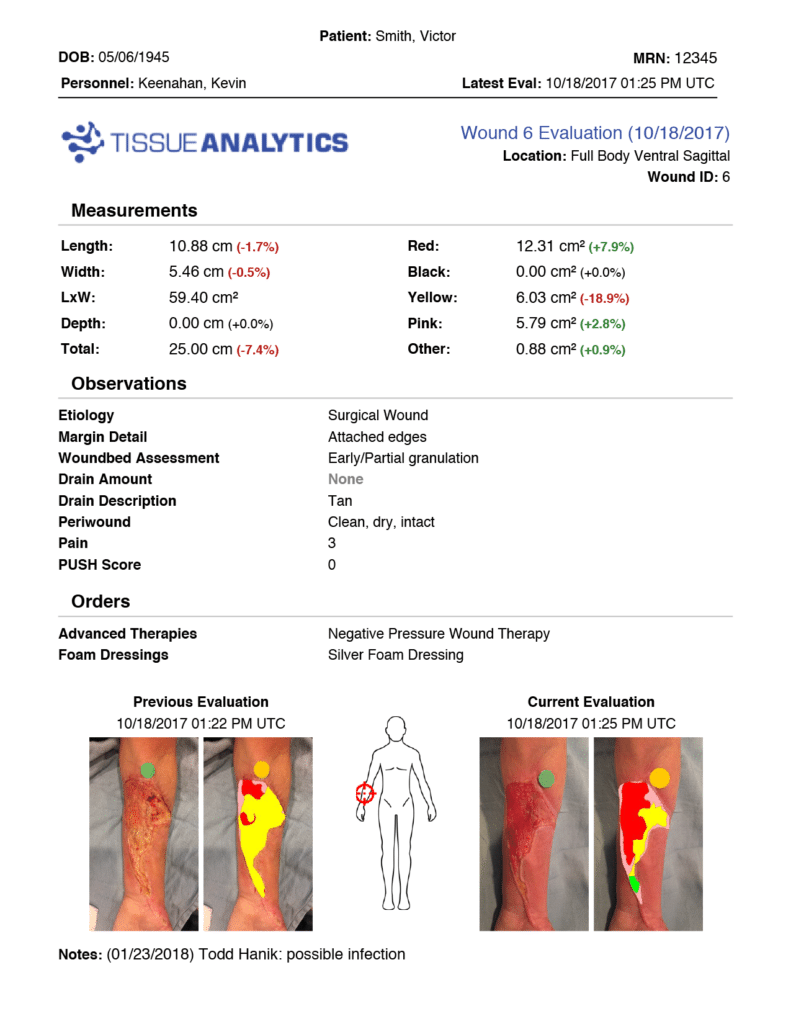‘Patient engagement’ has become a presentation staple in health care circles. It is analogous to the use of ‘synergy’, ‘leverage’, ‘innovation’ and other clichés in the business world. The consensus is that engaged patients result in better health outcomes which benefits all stakeholders. Clinicians can be more efficient, patients get better treatment, and providers pay less while getting more value.

As the CMS moves towards value-based reimbursements, it is critical that patients are eager participants in their care.
At Tissue Analytics, we are driving engagement from both a clinician and patient perspective. According to HIMSS, patient engagement involves informing, engaging, empowering, supporting and partnering with patients during healthcare decision making. Our solutions aim to use this framework as a guideline to empower clinicians also.
While HCAHPS serve as a suitable measure of patient engagement from the institutional level, we are exploring the use of in-app metrics to gauge patient engagement on a mobile platform. For example, we will prioritize statistics that measure usage and retention instead of session duration.
This is because long sessions in a clinical application could signify a complex workflow.
We’ve also integrated with large EMRs including Epic, Cerner and Allscripts using SMART on FHIR technology. This enables us to embed our wound care portal into a clinician’s typical workflow. It also allows for faster wound documentation and retrieval.
Our platform takes the guesswork out of wound assessment using advanced analysis of digital photographs. With this, clinicians are able to make informed decisions when developing a care plan. All this to say that a focus on the clinician inverts the patient engagement discussion.

An illustration of this point comes from one of the healthcare facilities using our application. A patient was once furious during a checkup when a particular wound showed no visual sign of progress despite a new treatment program. Fortunately, a printed Tissue Analytics patient outcome report was available to show wound progression. This single sheet in the hands of a competent clinician was all it took to pacify the worried patient. Solutions like these reduce the information barrier that exists between clinicians and their patients.
As healthcare organizations become more invested in patient engagement, it is important to remember the clinicians on the front-line of patient care. Saying the patient is always right presupposes that the clinician is always wrong.
That’s not right.

Follow Tissue Analytics on LinkedIn for more frequent industry content and company updates!



Leave a Reply